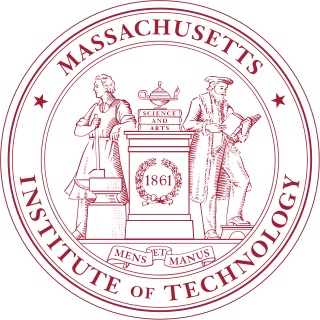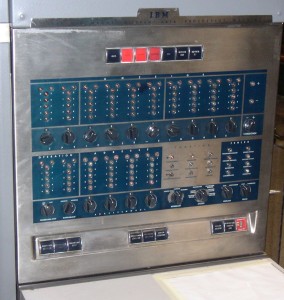The Oslo Analyzer (1938 – 1954) was a mechanical analog differential analyzer, a type of computer, built in Norway from 1938 to 1942. [1] It was the largest computer of its kind in the world when completed.
A computer is a machine that can be instructed to carry out sequences of arithmetic or logical operations automatically via computer programming. Modern computers have the ability to follow generalized sets of operations, called programs. These programs enable computers to perform an extremely wide range of tasks. A "complete" computer including the hardware, the operating system, and peripheral equipment required and used for "full" operation can be referred to as a computer system. This term may as well be used for a group of computers that are connected and work together, in particular a computer network or computer cluster.

Norway, officially the Kingdom of Norway, is a Nordic country in Northern Europe whose territory comprises the western and northernmost portion of the Scandinavian Peninsula; the remote island of Jan Mayen and the archipelago of Svalbard are also part of the Kingdom of Norway. The Antarctic Peter I Island and the sub-Antarctic Bouvet Island are dependent territories and thus not considered part of the kingdom. Norway also lays claim to a section of Antarctica known as Queen Maud Land.
The differential analyzer was based on the same principles as the pioneer machine developed by Vannevar Bush at MIT. [2] It was designed and built by Svein Rosseland in cooperation with chief engineer Lie (1909-1983) of the Norwegian commercial instrument manufacturer Gundersen & Løken. The machine was installed at the first floor of the Institute for Theorethical Astrophysics at the University of Oslo. The building as well as the machine was financed in large parts by grants from The Rockefeller Foundation. [3]

Vannevar Bush was an American engineer, inventor and science administrator, who during World War II headed the U.S. Office of Scientific Research and Development (OSRD), through which almost all wartime military R&D was carried out, including important developments in radar and the initiation and early administration of the Manhattan Project. He emphasized the importance of scientific research to national security and economic well-being, and was chiefly responsible for the movement that led to the creation of the National Science Foundation.

The Massachusetts Institute of Technology (MIT) is a private research university in Cambridge, Massachusetts. Founded in 1861 in response to the increasing industrialization of the United States, MIT adopted a European polytechnic university model and stressed laboratory instruction in applied science and engineering. The Institute is a land-grant, sea-grant, and space-grant university, with a campus that extends more than a mile alongside the Charles River.

Svein Rosseland was a Norwegian astrophysicist and a pioneer in the field of theoretical astrophysics.
Rosseland visited MIT for several months in 1933, and studied Bush's work. Rosseland's design was a substantial development from Bush's machine, and much more compact. The machine had twelve integrators (compared to six of the original MIT machine) and could calculate differential equations of the twelfth order, or two simultaneous equations of the sixth order. [2] When it was finished, the Oslo Analyzer was the most powerful of its kind in the world.
An integrator in measurement and control applications is an element whose output signal is the time integral of its input signal. It accumulates the input quantity over a defined time to produce a representative output.
Upon the German occupation of Norway on April 9, 1940, Rosseland realized that the machine might become a desirable research tool in the German war effort. So Rosseland personally removed all precision fabricated integration wheels and buried the wheels in sealed packages in the garden behind the institute. [3]
The machine contributed to a number of scientific projects, both domestic and international. When it was dismantled, sections of it were put on display at the Norwegian Museum of Science and Technology. [4]

The Norwegian Museum of Science and Technology is located in Oslo, Norway. The museum is an anchor point on the European Route of Industrial Heritage.






![Institute of Theoretical Astrophysics a department of the [[University of Oslo]]](https://upload.wikimedia.org/wikipedia/commons/thumb/7/78/Svein_Rosselands_hus_Blindern.jpg/320px-Svein_Rosselands_hus_Blindern.jpg)